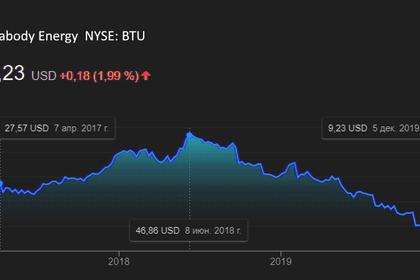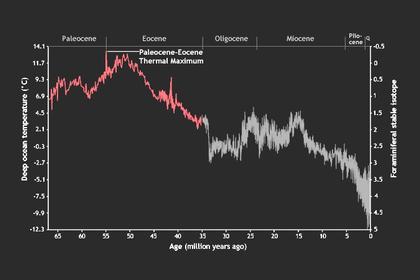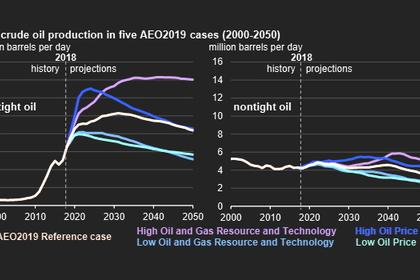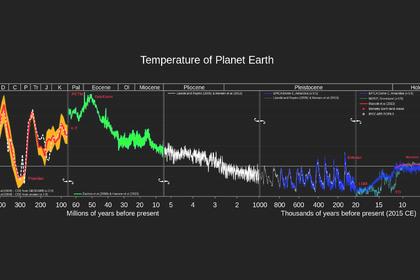
U.S. LOCATIONS OF RENEWABLES
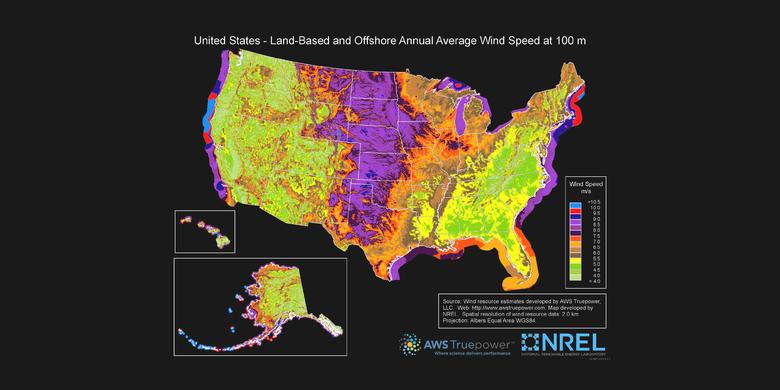
ENERGYCENTRAL - Where renewables should be installed for greater advantages
A new study conducted at the Center for Climate, Health, and the Global Environment at Harvard T.H. Chan School of Public Health has shown that if we want to receive greater advantages from renewables and make more important improvements in the public health sector, solar power must be installed in Mid-Atlantic regions and in the Great Lakes, while wind power must be installed in the Upper Midwest.
In other words, this study provides a guide for the renewables industry. It matters where you construct and install clean energy projects, because, depending on the location, these projects can be of greater benefit than they already are in suboptimal locations.
According to the study, the benefits from building wind farms and solar farms in these locations started from $113 per megawatt-hour of wind in the Upper Midwest. Improvements only went up from there when including utility-scale solar in the Mid-Atlantic and the Great Lakes. This is huge, which is why the study can serve as a guide for utilities, policymakers, businesses, and investors in the renewables sector to maximize the benefits for the country; this also includes the environmental benefits, which are essential in our current climate (no pun intended).
To get these results, researchers built a model of the 10 regions in the nation that are a part of the electrical grid. With the social cost of carbon as a guide, they made a calculation for the benefits of carbon dioxide reduction for each of these regions.
The health benefits that are enjoyed are a result of the improvement of air quality, which reduces premature death. The benefits for the environment include the reduction of sea-level increases, extreme weather events, the impact of droughts, climate-related deaths, and more.
The results of this study provide a truly sound argument for the installation of more renewables. If we, as an industry, focus on tackling the core causes for climate change, then we’ll be addressing the most important health problems and climate problems in the country. This study can serve as a tool for both state and national policymakers so they can design more effective climate plans.
Because this study provides a better understanding of where solar and wind farms should be built, it will help both private and public sectors maximize their gains and use their resources more effectively.
The study also shows that renewables are the most inexpensive method to reduce our carbon dioxide emissions. More than that, the health benefits they provide are an important factor to consider when you’re looking at the scope of benefits these renewable-energy projects provide. In most cases, the benefits are much greater than the financial expenses of these projects.
In the Upper Midwest, the health and climate benefits are greater than they are in California. This is a clear example of where fossil fuels are used and the relation between energy production, air pollution, and populations that live downwind from that. This is why it’s so much more beneficial to build renewable-energy projects in places like the Upper Midwest and the Great Lakes.
This study sheds light on a factor that was likely neglected until now—location—and it shows just how important it is that we’re strategic about our renewables projects.
---
This thought leadership article was originally shared with Energy Central's Clean Power Community Group. The communities are a place where professionals in the power industry can share, learn and connect in a collaborative environment. Join the Clean Power Community today and learn from others who work in the industry.
-----
Earlier:
